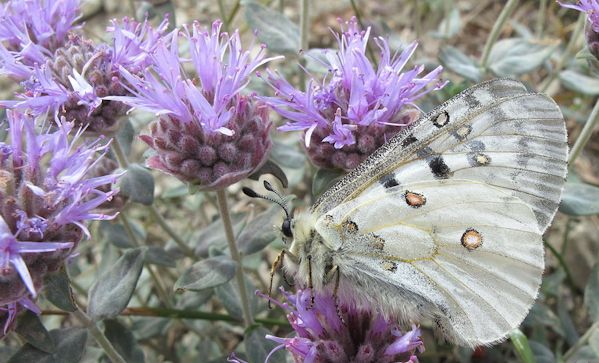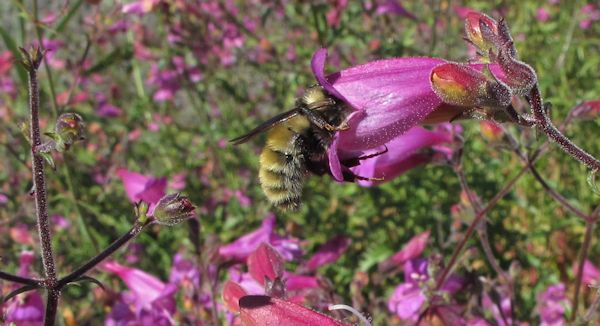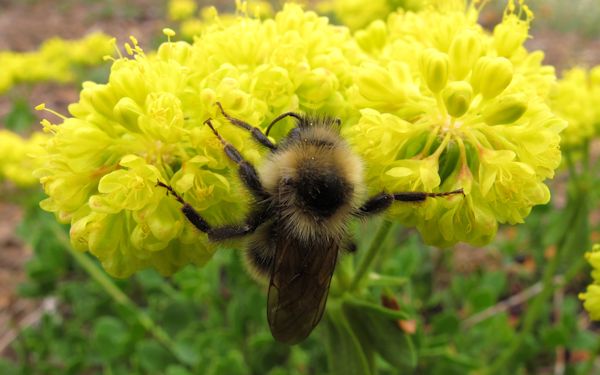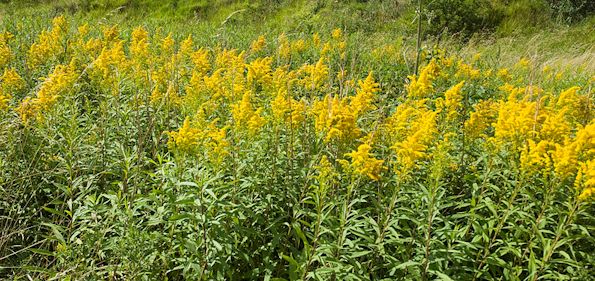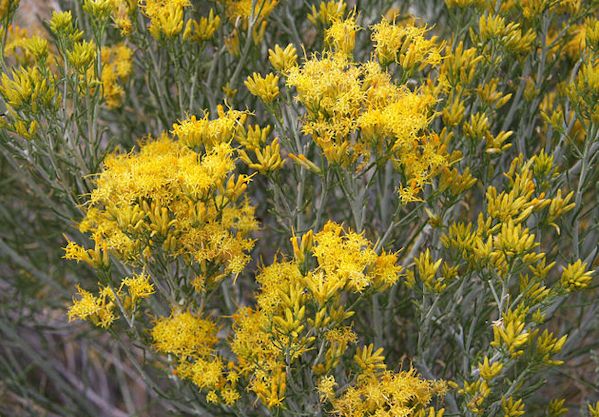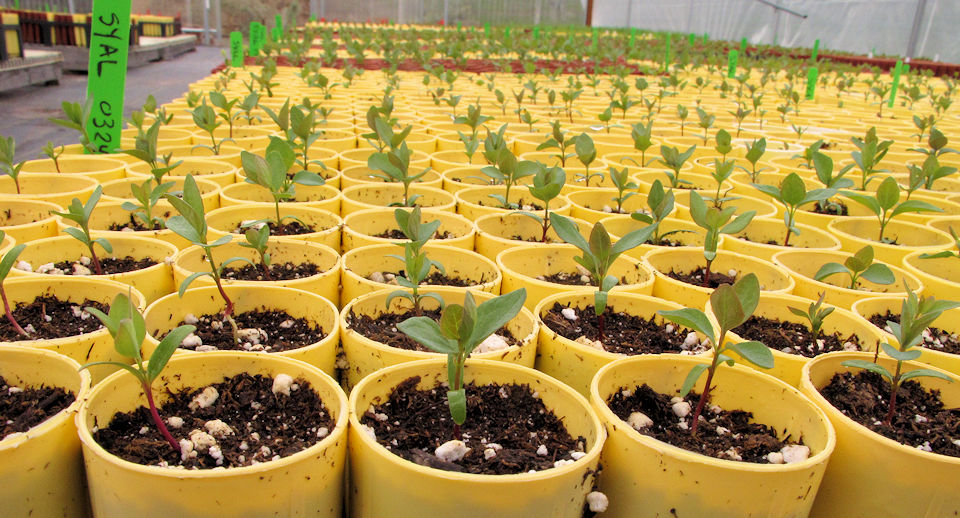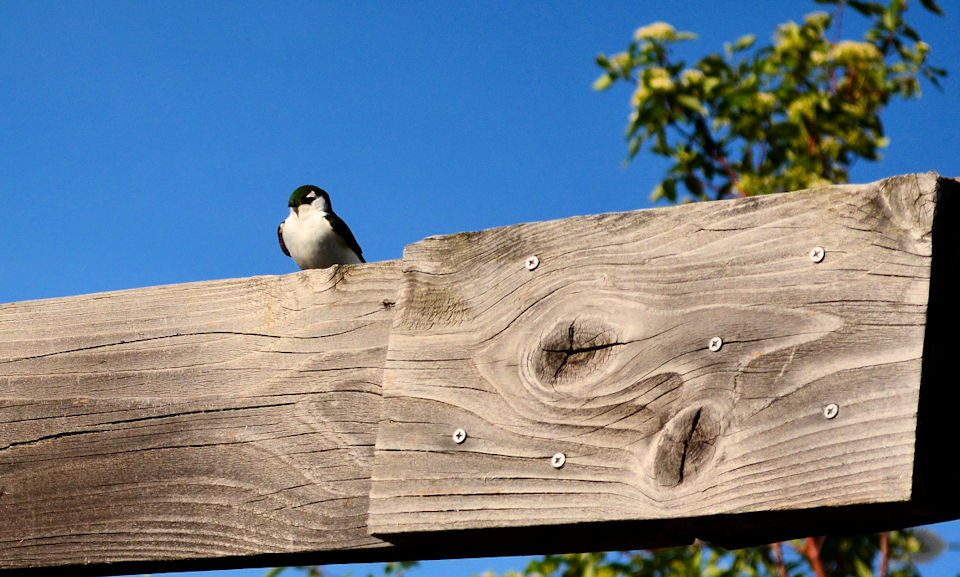Late summer flowers for native pollinators
Parnassian butterfly on coyote mint (Monardella odoratissimma), late August at 4500′
Most of our native wildflowers of the lower elevations of Central Washington are at their glorious best in the spring and early summer; when the heat of July and August arrives these plants are done with blooming and more concerned with surviving the summer drought. In our mountains above 4000′ many floral gems are still to be found at this time but not so lower down.
The pollinators native to our area have co-evolved with our flora and many, including butterflies, bees and hummingbirds, continue to seek out nectar and pollen food sources for themselves and, at least with native bees, their offspring as well. Our native floral resources become more scarce as the summer days shorten; having late-blooming natives in your landscape can be especially valuable at this time to attract and feed some of our native pollinators.
I can suggest several native plants that bloom later in the season, require little or no care in the right setting and really draw in the hummers, butterflies and/or bees:
Cutleaf penstemon with bumblebee
Cutleaf or Richardson’s penstemon (Penstemon richardsonii) – This vigorous grower thrives in hot, dry sites and only starts blooming in late June and can last into September, an unusually long bloom time for a penstemon. Cutleaf penstemon cascades over a wall in my nursery, receives no summer irrigation and is mobbed by both hummingbirds and bumblebees for much of July and August.
Bumblebee on sulfur buckwheat
Desert buckwheats, particularly sulfur buckwheat (Eriogonum umbellatum) and snow buckwheat (E. niveum) – These eriogonums have long-lasting blooms and do well with little or no summer water. The bright yellow blooms of sulfur buckwheat can persist into August and snowy buckwheat, with its white to pink flowers, will typically bloom from August right through September.
Canada goldenrod
Goldenrods, especially Missouri goldenrod (Solidago missouriensis) and Canada goldenrod (S. lepida) – Goldenrods are great for providing abundant, bright yellow late season flowers. They require a bit more moisture than the two species above but less than most garden plants. They spread by rhizomes to form nice patches and compete well with weeds, so give them room.
Gray rabbitbrush in flower
Rabbitbrush, both the gray (Ericameria nauseosus) and green (Chrysothamnus viscidiflorus) – These shrub-steppe species are adapted to very dry sites, growing where annual precipitation rarely passes 8″, and can thrive in higher rainfall areas (well, 20-30″) with no supplemental water in very-well drained sites. When pruned hard their dense, wispy foliage is attractive on its own and the September-October blooms are a bonus, both for us and the bees and butterflies still out and about.
